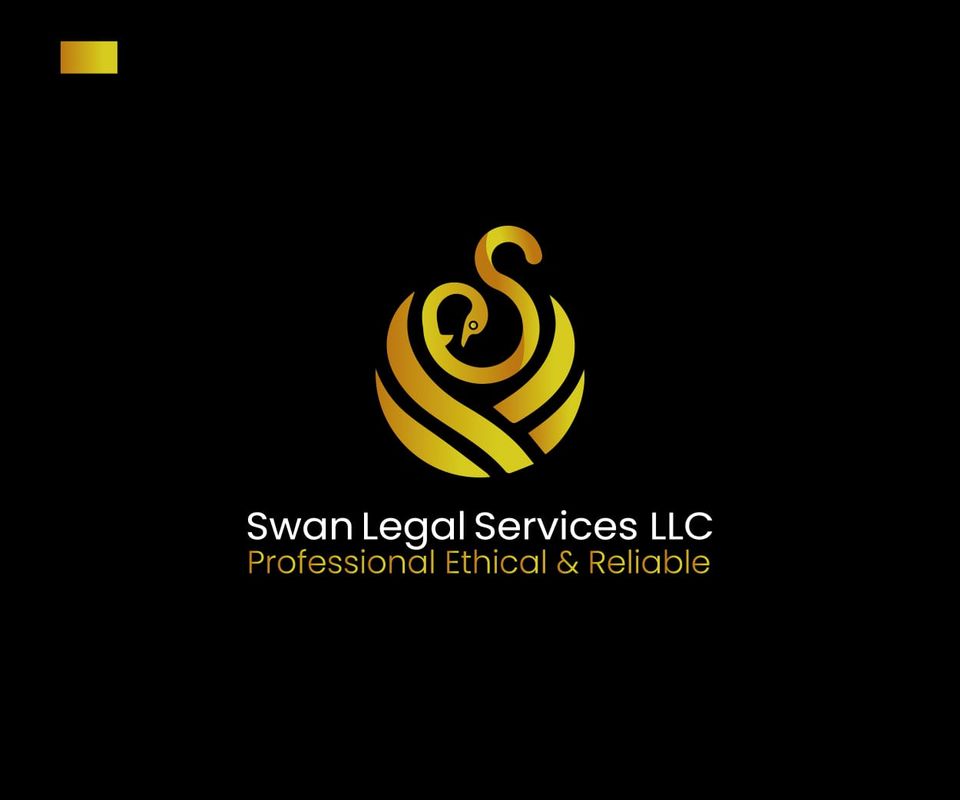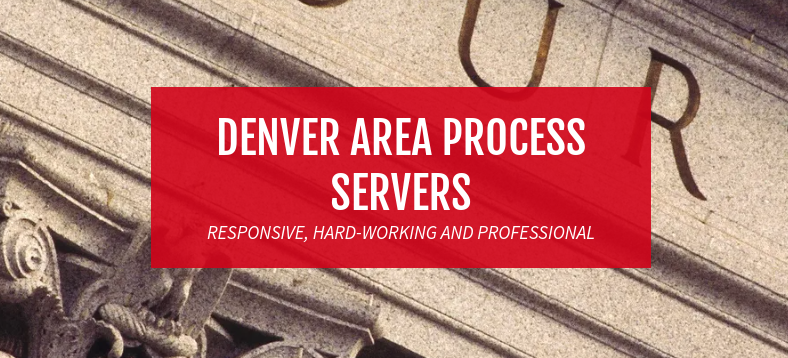 Eviction Process in Oklahoma
Eviction Process in Oklahoma
The first step in the Oklahoma Eviction Process is the landlord serving (delivering) the tenant with an Oklahoma Eviction Notice called a Notice to Quit. If the landlord needs to evict the tenant for failure to pay rent when due (most common reason), the landlord needs to serve the tenant with a 5 Day Notice to Pay Rent or Quit. This form gives the tenant 5 days to pay the rent, and threatens them with an eviction lawsuit if they do not. If the landlord needs to evict the tenant for breaching the lease in a manner that affects the health and safety of the tenants or others, the landlord needs to serve the tenant with a 10 Day Notice to Quit. This gives the tenant 10 days to correct the health and safety violation, or else the lease will terminate in 15 Days after receipt of the notice. If the tenant is “committing waste,” meaning seriously destroying the property, the landlord needs to serve the tenant with a Notice of Termination, ending the tenancy or lease immediately.
Oklahoma Eviction Laws
The Oklahoma laws regarding Landlords, Tenants, and Oklahoma Evictions are contained in Title 41 of the Oklahoma Statutes, passed by the Oklahoma State Legislature. If you are a landlord in Oklahoma, it is very important to become familiar with these laws, as they directly affect your business as a Landlord.
 DOWNLOAD FORMS YOU WILL NEED FOR THE EVICTION IN OKLAHOMA
DOWNLOAD FORMS YOU WILL NEED FOR THE EVICTION IN OKLAHOMA
Oklahoma Landlord Tenant Eviction / Unlawful Detainer Forms Package
 The Oklahoma Rental Agreement
The Oklahoma Rental Agreement
Oklahoma Residential Landlord Tenant Rental Lease Forms and Agreements Package
Forcible Entry and Detainer
What if the landlord has served the proper notice, waited out the notice period, and the tenant is still in possession of the premises? Now the landlord needs to go to court for relief. The landlord should go to the clerk’s office for the Small Claims Court in the jurisdiction where the property sits. The clerk will tell the landlord if they are in the right place. The landlord will fill out a form to file a “Forcible Entry and Detainer” lawsuit (Eviction Lawsuit). There will be a filing fee. In addition to asking for possession, the landlord can ask for back unpaid rent, late fees, repair costs (if property is damaged), court fees, and attorneys fees. The clerk will issue a “Summons” that says when the court date is. The Sheriff will deliver a copy of the Summons to the tenant, putting the tenant on notice for the hearing. The landlord can also opt to have a private process server deliver the Summons instead of the sheriff. The hearing must be more than 3 days after the tenant is served.
Going to Court Hearing
The landlord (or a landlord’s representative) must be present at the hearing in order to win. If the tenant does not appear, then the landlord will win by default. The judge will give instructions before the hearing begins. Each side will have an opportunity to speak to the judge and present evidence. The landlord should bring all evidence necessary to convince the judge to rule in his/her favor. This includes the lease, a copy of the Notice to Quit, rent receipts, photographs, written communication with the tenant, and any witnesses. At the end of the hearing, the judge will make a ruling. If the judge rules for the landlord, the judge can order the tenant to move out, as well as award money damages (back rent, damages, etc.). The landlord will usually have to give the tenant at least 2 days to move after the hearing.
Sheriff Removal
What if the tenant STILL has not moved out after the hearing? The landlord needs to go back to the court clerk, and ask to have the Sheriff physically remove the tenant.
Notice is a necessary prerequisite to beginning any eviction action. In Oklahoma, the kind of notice a landlord needs to give depends on the kind of tenancy. If the tenancy is month-to-month, the landlord must give 30 days notice. If the tenancy is less than month-to-month, 7 days notice will suffice. For a tenant holding over after a term lease has finished, the landlord need not give any notice that he or she is beginning eviction proceedings.
If a landlord wishes to end a term tenancy (one year, two year) earlier than the lease indicates, he or she may do so by serving the tenant with an appropriate notice. Oklahoma allows for the following types of written termination notices:
Failure to pay rent: This is a 5 day notice, and the tenant must pay rent or leave the premises within 5 days of receiving this notice (O.S. 41-131).
Breach of rental agreement: This is a 10 day notice, and the tenant must cure the breach of the lease or leave within 10 days of receiving the notice (O.S. 41-132).
What is Eviction?
Eviction is a legal procedure a landlord uses to get you out of your home. If you do not pay your rent, your landlord can have you evicted. To evict you legally, the landlord must follow certain steps.
What are the steps in an eviction for non-payment of rent?
- Landlord gives you written notice
- Five-day grace period
- Landlord files suit
- You are served with summons
- Court hearing
- Judgment
- Move-out period
- Landlord takes back the property
THE FIRST STEP – WRITTEN NOTICE
Before filing an eviction case in court, the landlord must give you written notice to pay your rent. The notice does not need to be notarized or be written in any special form. The notice does not need any special language. Often, the notice tells you to pay your rent within a certain time or move. The landlord must give you the notice in one of three ways:
- The landlord can hand you the notice in person;
- If you cannot be found, the landlord can give the written notice to any family member over 15 years old who lives in your home; or
- If no one is at the home, the landlord can post the notice on your door and send you a copy by certified mail.
THE SECOND STEP – GRACE PERIOD
After you get the notice, you have a 5-day grace period before the landlord can evict you. If you live in public housing, you have a 14-day grace period. If you pay the landlord all of the money you owe before the end of the grace period, then you cannot be legally evicted for non-payment of rent. If you pay your rent during the 5-day grace period, make sure you get a receipt that shows the date you paid, the amount paid, and that you have “paid in full.” You want to be able. The receipt proves you paid if the landlord still tries to evict you. If you cannot pay your rent within the 5-day grace period, decide whether you want to pay your rent at all. You may want to use the money you have to pay for your move. If you pay your rent after the 5-day grace period has expired and you want to stay, make sure you get a receipt that says “landlord agrees not to seek eviction.” Remember, if you cannot pay your rent before the grace period ends, get out as quickly as you can. Do not waste time.
THE THIRD STEP – STARTING AN EVICTION LAWSUIT
The landlord must file a lawsuit in court to force you out of your home. An eviction lawsuit is called a “Forcible Entry and Detainer” action. Usually, the landlord files the lawsuit in Small Claims Court. After the landlord files suit, you will receive notice of the lawsuit and get a chance to appear in a court hearing before a judge. The landlord can ask the judge for any and all of the following:
- All the rent owed plus late charges;
- The cost of repair to the property;
- Any other costs which result from your failure to pay rent;
- Court costs; and,
- Attorney fees.
The judge may order you to pay these costs in addition to evicting you from the property.
THE FOURTH STEP – SUMMONS (NOTICE)
The Summons is your notice that an eviction hearing is set for a certain time and date. If you get the Summons less than three days before the hearing date, you can ask the judge to reschedule the hearing. If the judge agrees to reschedule, you will have a few more days to move out or get legal help. The landlord must deliver the Summons and copies of all the papers filed in the lawsuit. When the papers are delivered, they have been “served.” You can be served in one or more of the following ways:
- In person by a process server or a sheriff’s deputy at least 3 days before the hearing date;
- If you are not home, the papers may be left with anyone over 15 years old who lives at your home;
- By certified mail, restricted delivery, return receipt postmarked at least 3 days before the hearing date.
- If you can not be found, service can be by publication in a newspaper of general circulation in the county in which you live; or
- You can be served by having the sheriff or private process server post the summons on the property at least five days before the hearing and sending you a copy of the summons by certified mail, with a return receipt postmarked at least five days before the hearing date.
Notice by publication or by posting allows the landlord get the property. However, if you fail to show up for the hearing, the judge cannot award money damages against you.
THE FIFTH STEP – HEARING
Many times the judge will ask you to try and work things out with the landlord before the hearing. If you and the landlord reach agreement, both of you should tell the judge or the judge’s clerk that you have settled your dispute, and what your agreement is. Do not leave the courthouse before you tell the judge about your agreement. Do not rely on the landlord to tell the judge for you. If you and the landlord cannot agree, then there will be a hearing. At the hearing, the judge will ask if you got notice and if you paid your rent. Tell the judge if you did not get the written notice or if you paid your rent in full during the grace period. Then show the judge your receipt.
THE SIXTH STEP – JUDGMENT
If the landlord followed the steps and you owe money for rent, the judge can order you to move immediately. The judge may also enter judgment against you for past due rent, damages, court costs and attorney’s fees. Once the landlord has a judgment against you, he or she can garnish your wages or bank account to pay what you owe.
THE LAST STEP- MOVING OUT
The landlord must give you a 2-day (48 hour) notice to move out after the hearing. The landlord can give you the notice or send the sheriff to give the notice to you. It is extremely important that you move out before the two days are up. If you do not move out within the two days and the landlord takes back the property, you risk losing everything you have left in the home. If you are pressed for time, take your important papers and most valuable things first, along with any personal property you cannot replace. The landlord can lock up anything you leave, throw your belongings out on the curb, or put things into storage. The landlord can also charge you storage costs. If you do not pay the storage costs, the landlord or the storage company can sell your property. Contact an attorney if you have specific concerns about your situation or for further information about evictions.
For names of lawyers in your area who are experienced in housing issues,
Find Law Firms on our Directory.
Find The Eviction Process in other States
Nationalevictions.com is for people who are renting or seeking to rent housing. Our site is for Eviction Information Purposes only, Not Intended to replace your Attorney or any Legal Advice. The reader should always remember your legal responsibilities. After all, you may unknowingly jeopardize your rights by not fulfilling your legal rights as a Tenant or Landlord.
Many of the Chapters and Articles are interrelated. This not intended to be an all-inclusive overview, or the best advice in every situation. Please Consult a Lawyer for your Rights and Protection as to the laws of your State. This information is not meant to be a substitute for the advice of an Attorney.












